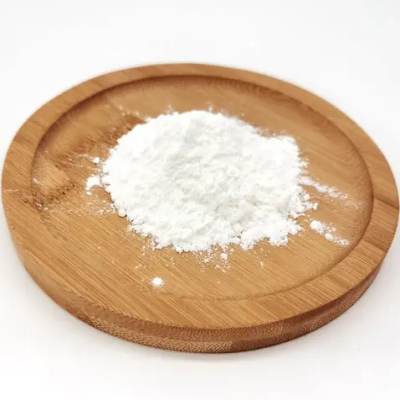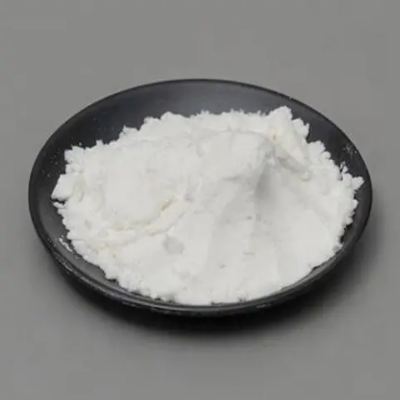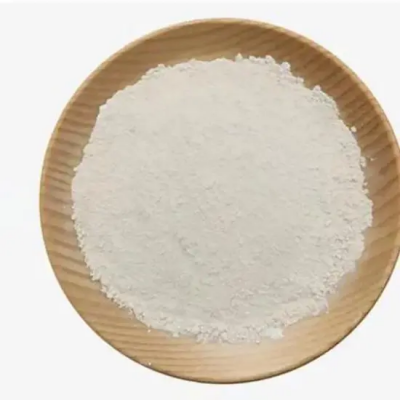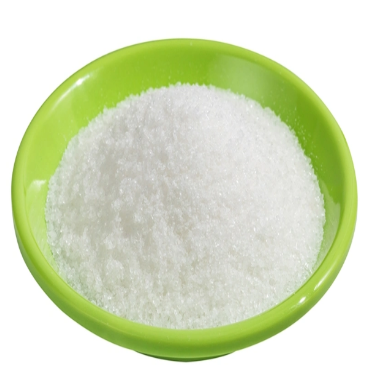Acetoxyacetyl chloride CAS:13831-31-7
Acetoxyacetyl chloride (C5H7ClO3) is a valuable intermediate in organic synthesis known for its reactivity and ability to participate in a variety of chemical transformations. The compound features a unique structure combining both an acetoxy group (–OCOCH3) and an acyl chloride group (–COCl), which enhances its utility as an acylating agent. One of the primary applications of acetoxyacetyl chloride lies in its ability to facilitate the formation of esters. When reacted with alcohols, it undergoes nucleophilic acyl substitution, resulting in the production of acetoxyacetate esters. These esters are important in various fields, including flavoring agents, fragrances, and pharmaceuticals. The presence of the acetoxy group can impart desirable properties such as increased solubility and stability to the resultant esters, making them suitable for a wide range of applications. Additionally, acetoxyacetyl chloride is used in the synthesis of amides by reacting with amines. The resulting amides can have significant biological activity and serve as intermediates in drug development. The versatility of this compound allows chemists to modify the structure of the resulting amides, tailoring their physicochemical properties for enhanced efficacy in therapeutic applications. Moreover, acetoxyacetyl chloride can be utilized in polymer chemistry, where it acts as a building block for creating modified polymers. By incorporating acetoxyacetyl units into polymer chains, researchers can improve the mechanical and thermal properties of the materials, expanding their applicability in coatings, adhesives, and other industrial products. However, due to its corrosive nature and the potential hazards associated with handling acetoxyacetyl chloride, safety precautions are imperative. Proper laboratory practices, including the use of personal protective equipment and work in fume hoods, are essential to mitigate risks. In summary, acetoxyacetyl chloride is a highly versatile reagent in organic synthesis, used for generating esters, amides, and modified polymers. Its unique structural features and reactivity make it an indispensable tool for chemists working in pharmaceuticals, agrochemicals, and material science, enabling the efficient creation of complex chemical entities.



| Composition | C4H5ClO3 |
| Assay | 99% |
| Appearance | white powder |
| CAS No. | 13831-31-7 |
| Packing | Small and bulk |
| Shelf Life | 2 years |
| Storage | Store in cool and dry area |
| Certification | ISO. |









